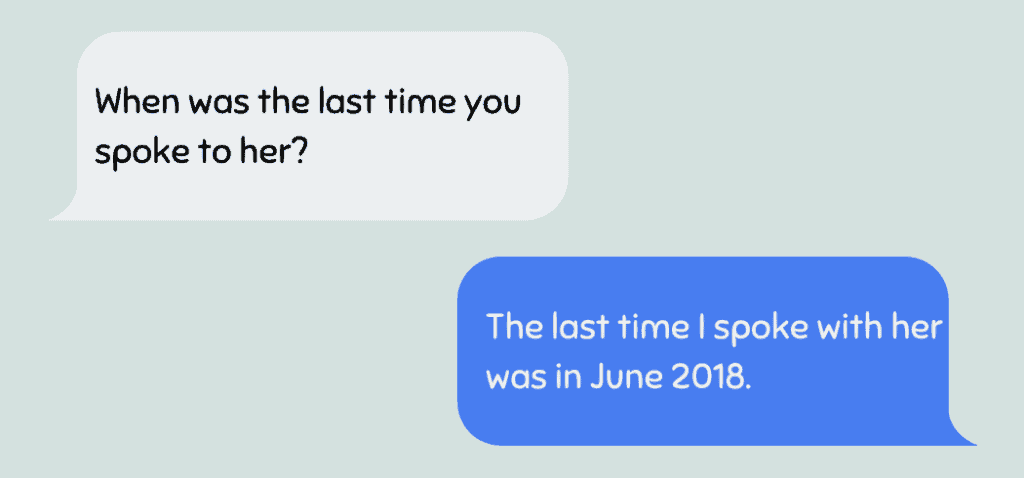You have likely seen dates are written out in various ways (i.e., date-month-year format vs. month-date-year format) and have wondered about these differences.
Depending where you live determines which format you follow, although, for stylistic purposes, you may choose which is most comfortable to you – as long as you are consistent in its use.
When teaching dates and proper formatting, I find when students aren’t consistent in how they write their dates, they quickly become confused about how they should be punctuated and misuse comma date rules or forget to use them altogether.
Let’s look closer at the different ways you can write out a date and learn where proper punctuation belongs to avoid common grammar mistakes.
Writing the Date Using Only the Month and Year
Starting small and adding more information to a written date is a practice I use with younger students to help them see how each addition requires different punctuation. The comma may be a small, single element, but when used incorrectly can create confusion.
No punctuation is needed if you are simply stating the month and year.

For example:
- The last time I spoke with her was in June 2018.
- I believe that her work was completed in February 2020 before she left the company.
Writing the Date Using the Month, Date, and Year
The American date format is to write the month-date-year in that order. When written this way, you use a comma after the date but not after the month.
For example:
- School started on August 4, 2022.
- The last time I traveled overseas, my departure date was May 11, 2017.
You should also follow the year with a comma when the sentence begins with the date.
For example:
- December 6, 2023, is the gala, and it will be a Holiday themed event.
Style guides also recommend closing commas when used with the month, date, year format when placed in the middle of sentences.
For example:
- The race on September 5, 1996, served as an example for future events.
Using To and From with Dates
Occasionally the question arises concerning a to and from statement concerning dates. Commas rules concerning placement with the month, date, year format stay the same. If you are following a style guide that says differently, you may choose to change the comma placement, but for this article we are following the the consistency of the majority of guide rules.
For example,
- The exercise challenge will run from January 6, 2023, to February 13, 2023.
If any other format is used, the comma can be left out.
For example,
- The exercise challenge will run from January 6 to February 13, 2023.
- The exercise challenge will run from January 6 to 22, 2023.
- The exercise challenge will run from January 2023 to February 2024.
British Date Format
The British use an inverted style of date writing compared to the American format. Their dates are written day-month-year. The month is always spelled out, and no comma is necessary.
For example:
- Sean’s plane left on 16 March 2014.
- The sailboat charter sails on 27 May 2023.
You also should still follow the year if the sentence is introduced with a date.
For example:
- On 9 June 1978, the greatest party was held in London to celebrate a Royal’s birth.
I was referring to this above when I said to stick to one style. The British format is recognized in the United States (in fact, it is more widely recognized worldwide), but you should never mix and match the two different formats.
If you are wondering why the two are different, so are many other people. The origin of why these differences occur is a puzzle, but personally, I believe it was due to Americans’ wanting to distance themselves from everything British during the Revolutionary period.
Writing the Date Using the Weekday, Month, Date, and Year
If writing dates includes the weekday in a weekday-month-date-year format order, you must place a comma between the weekday and month and between the date and year.

For example:
- The doctor’s appointment is on Wednesday, August 31, 2022.
- The last day of school is Thursday, May 26, 2023.
Reviewing How to Write the Date with Commas in a Sentence
Correct grammar dictates that you should avoid writing a date without the year unless you are writing informally and to an audience that would already have reference to what dates you are sharing.
For example, you may text or email somebody telling them you can’t wait to see them in June. Or, you may refer to a recent past date: On Monday, May 3, we went snorkeling.
Otherwise, always use the year to provide a formal writing tone and added clarity about the date in question.
Let’s review the rules about comma usage format for the dates found above:
- When writing the month and year, no commas are needed (January 1988).
- Month, date, year format requires a comma after the date but not after the month (June 6, 1960).
- Weekday, month, date, year format requires a common between the weekday and month and between the date and year (Tuesday, March 28, 2012).
- Always follow the year with a comma when your date begins a sentence or is located in the middle of a sentence.
The common date format we are used to is the American format, but it is important to recognize how formats for writing dates vary in other countries.